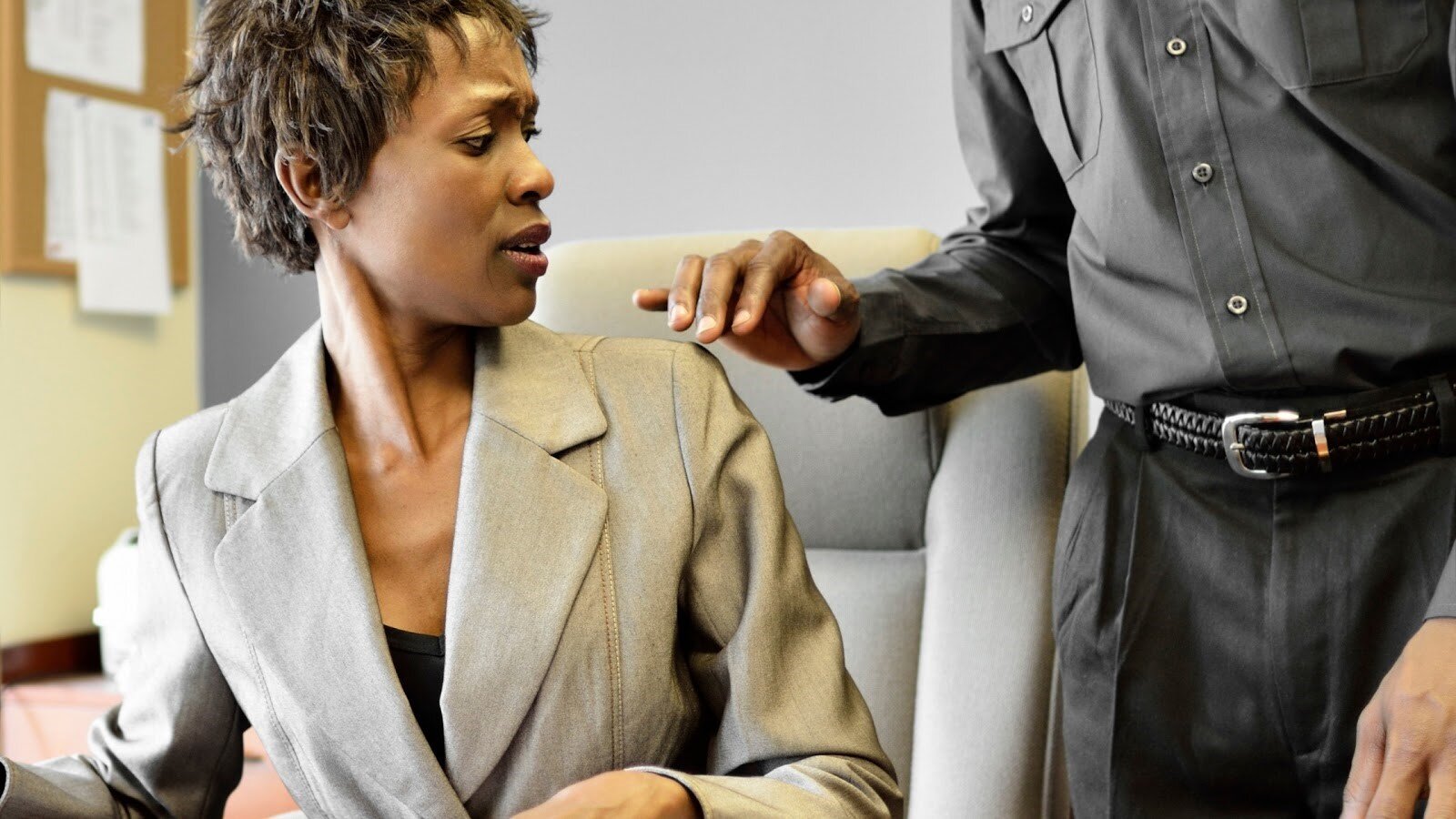The “Fine Line” Between Flirting and Sexual Harassment
I’ve done it. You’ve done it. Flirting. We all did it at some point in our lives before settling down with a partner, while you have a partner, or even after you seperate. After all, in this highly-social world, relationships and satisfying sexual experiences make this world go round. We flirt as a method of “testing the waters” and to let someone know that we may be interested in pursuing something further.
However, there are dangers always lurking in the shadows. In fact, harassment is often masked with the playful, over-aggressive, and dramatic nature of flirting. Or rather, by someone who purports that they are just playing, though no one but them was in on the game.
So, how does one distinguish flirting from harassment? Is there a line that shouldn’t be crossed and is that line clearly-established? Simple answer: Yes, there is a line and … Yes it is often clearly established.
Flirting: Playful, Fun and Exciting
Humans are inclined to accept invitations of connection. This goes back to the survival instinct our ancestors portrayed. Having people watching their backs minimizes the risk of dangers. As evolution painted a different landscape for the need of human socialization, the dynamics also changed.
Nowadays, we flirt for the purposes of procreation and companionship. There are even instances when we use flirting to pass the time and alleviate boredom. However, flirting only works when two or more consenting people make it fun and exciting.
In a definition from the Cambridge dictionary, flirting is to act as if one is sexually attracted to another and is done in a playful manner. Take note that in this definition, there are two key elements that compose flirting: playful manner and sexual attraction.
For the most part, we can all agree that sexual attraction is the motivating force between flirtatious acts. But, it is the playful manner that makes flirting a universally-accepted gesture for showing interest and potentially kick-starting a relationship--however short from bedroom trysts to a life together, whatever it may be.
Flirting is what makes building trust and establishing relationships fun! However, there are predators who take advantage of this gesture and use it as a weapon for emotional trauma.
Harassment: Dangerous, Detrimental and Degrading
Sexual harassment does not only occur during a casual conversation. It is present on occasions where one coworker makes an uncomfortable remark about another’s chest or breasts. It blatantly happens when in jest and teasing a person grabs the crotch of someone else during a drunken episode at a bar. It is present on occasions where someone grabs someone’s breasts or someone grabs another person’s crotch.
Nobody is safe from harassment. Harassment happens when gestures are uncomfortable, unwelcome and yet, persistent. When one looks at harassment, the gravity of its effects lie in the person’s boundaries. While some may believe there is no definite structure that differentiates harassment from flirting, there is. It is consent. Without acceptance, recognition and agreement of participation, flirting is harassment. In the workplace, this consent should be verbal and written. one should also be mindful of the power differential.
Harassment ranges from so called “innocent” comments to any action that is non-consensual physical touch where a predator is feeling entitled to the victim, communicating in a bothersome and overly-sexual way to things that are teetering and tip-toeing on assault. Most people will agree that egregious acts such as grabbing someone in an unwanted or making an overtly and overly sexual joke have crossed into harassment. But also consider the simple side comments and slurs or the unwanted winks and touches. When “the boss” grabs your leg or my fellow Black women who are doubly blessed with our “ample bottom genes” and there comes the comments about how our skirts fit, even though it’s unwanted, you convince yourself that it’s harmless because they are the boss. However, harassment is harassment no matter who does it.
Here are 3 ways that you can deal with harassment in your workplace.
Have a conversation with the person who is doing it, first verbally. If it persists, follow up with it in writing.
If it continues, make reports with the chain of command, Start with their immediate superior and go through the levels of HR. Be sure to keep copies of all files.
The organization needs to have an interactive training and yes I am available. Call me to schedule a Call to Action.

